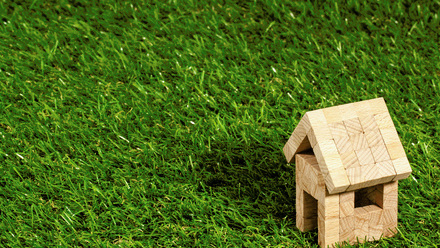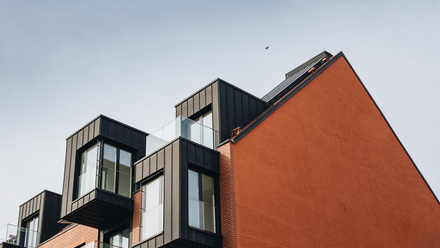Doctoral research into ultra-low carbon construction
There is an opportunity to significantly reduce the embodied carbon created by the construction industry to help the UK meet its net zero target by 2050.
Compared to conventional brick and block walls with common forms of insulation, cob or earth brick and block with natural low carbon, sustainable insulation materials are a very low carbon alternative. However, cob or earth brick and block are perceived as a risk as there is very little data for architectural practices and construction firms to specify this very low carbon alternative.
There is some data for monolithic cob structures, some of which have stood for hundreds of years, but these do not fit with conventional construction methods and involve more time and specialist skills to construct. Therefore, if conventional brick and block are substituted with cob or earth brick and block then only a small modification of skills and logistic timings would be required.
This research aims to fill this lack of data to enable architectural practices and the construction firms to specify and build with cob or earth brick and block combined with low carbon natural sustainable insulation materials.
Cob or earth brick and block as a modern building material needs to have factual data for use as a current building material with regards to its thermal and structural properties, backed up with historical data on the life of the material and how a modern cob build should be heated and ventilated. The main aim will thus be to establish cob or earth bricks and blocks as an environmentally friendly and sustainable modern building material.
This research seeks to establish what information is actually required by Architectural Technologists, developers, builders, buyers etc.
This PhD research is being carried out by an Associate member at Nottingham Trent University.
You can complete the survey here






